The roof is the crowning achievement of any structure, a complex system designed for protection and longevity. While the field of tiles does the heavy lifting of shedding water, the most vulnerable points are often the intersections and transitions. Among these, the ridge—the highest horizontal line where two sloping roof planes meet—presents a unique challenge. It is a necessary gap, vital for ventilation, yet it is also a potential entry point for wind-driven rain, pests, and debris. For centuries, the solution has been a combination of craftsmanship and specialized components. In the realm of traditional and heritage roofing, the antique roof-tile sealing plate stands out as the definitive solution, masterfully addressing both the technical and aesthetic demands of sealing the ridge cap.
Understanding the Ridge Cap Challenge
Before delving into the solution, one must fully appreciate the problem. A roof’s ridge is not simply a static seam; it is a dynamic architectural feature subjected to the full force of the elements. The primary challenges include:
Water Infiltration: While the primary roof slope effectively channels water downward, the ridge is perpendicular to this flow. During severe weather with high winds, rain can be driven upward underneath traditional roofing materials. Without a proper seal, this moisture can penetrate the roof deck, leading to rot, mold, and insulation damage within the attic space.
Ventilation Compromise: A functional roof system requires a balanced flow of air through the soffit vents at the eaves and out through the ridge. This passive ventilation system regulates temperature and moisture levels in the attic, preventing heat buildup in summer and condensation in winter. Any ridge sealing solution must not block this crucial airflow.
Pest and Debris Intrusion: Open gaps at the ridge are an open invitation to birds, insects, and small animals seeking shelter. Furthermore, wind can blow leaves, pine needles, and other debris into the opening, potentially blocking ventilation and creating nests that retain moisture.
Aesthetic Incompletion: From a design perspective, an unadorned ridge can appear unfinished or crude. On a roof featuring beautiful, often historically significant tiles, the ridge requires a terminal element that provides a visually satisfying conclusion, enhancing the overall architectural character rather than detracting from it.
The historical solution involved skilled tradesmen laboriously bedding a mortar mix along the ridge to seal the gaps between the tiles. While effective initially, this method is prone to cracking and deterioration over time due to thermal expansion, roof movement, and freeze-thaw cycles, leading to a recurring maintenance headache. The development of the antique roof-tile sealing plate offered a permanent, reliable, and aesthetically superior alternative.
The Functional Anatomy of an Antique Roof-Tile Sealing Plate
An antique roof-tile sealing plate is a precision-engineered component designed to integrate seamlessly with the specific profile of the roof tiles below it. Its functionality is derived from its form and installation method.
Material and Construction: High-quality sealing plates are typically cast from metals such as cast aluminum or cast iron, chosen for their durability, weather resistance, and ability to hold intricate detail. The process of casting allows for the creation of complex shapes that are both strong and visually refined. These materials are often treated with patina finishes or powder coatings to emulate aged lead, copper, or terracotta, ensuring they develop a character that complements the roof over time without corroding.
The Sealing Mechanism: The genius of the design lies in its integrated sealing system. Unlike mortar, which is rigid, a metal antique roof-tile sealing plate system is designed to accommodate movement. The key functional elements include:
- Base Flange: The underside of the sealing plate features a broad, flat, or contoured flange that overlaps the top course of roof tiles. This provides a large surface area for secure attachment and creates a primary barrier against water.
- Center Ridge: The central raised portion of the plate is engineered to span the gap between the two roof slopes, providing a high point that definitively sheds water to either side.
- Ventilation Path: Critically, the design incorporates a continuous gap or series of perforations along the sides, often concealed beneath the raised ridge. This allows moist, warm air from the attic to escape freely while the overlapping design prevents water from entering, even during high wind. This solves the core paradox of needing to seal an opening while simultaneously ventilating through it.
Installation and Integration: Proper installation is key to performance. The plates are laid in a continuous course along the ridge, with each unit overlapping the next, much like standard roof tiles. This overlapping design creates a continuous protective barrier. The plates are mechanically fixed to the roof structure, providing a resilience that mortar cannot match. They are designed to work in concert with a dry ridge system, a modern approach that forgoes mortar altogether in favor of these mechanical, weatherproof fittings.
The Decorative Power of Authentic Design
While function is paramount, the aesthetic contribution of an antique roof-tile sealing plate is what truly distinguishes it from utilitarian alternatives. In architectural terms, the ridge is a prominent line that defines the roof’s silhouette. The choice of sealing plate effectively draws this line, adding character and historical authenticity.
Historical Fidelity: For restoration projects on historic buildings, or for new builds aiming for a traditional aesthetic, the correct ridge cap profile is non-negotiable. Antique roof-tile sealing plates are available in a range of period-specific profiles—from the robust, simple curves of Georgian designs to the more ornate, foliate patterns of Victorian eras. This allows architects and contractors to specify a product that is true to the building’s heritage, preserving its visual integrity.
Enhancing Curb Appeal: On any structure, a well-defined ridge line adds a sense of quality, craftsmanship, and completeness. The antique roof-tile sealing plate serves as the finishing trim for the roof, providing a clean, intentional, and elegant termination. It elevates the entire project from a simple construction job to a crafted work. The patina and finish of the metal develop over time, blending harmoniously with the aging of the roof tiles themselves, ensuring the roof remains beautiful for decades.
Material Harmony: The choice of material and finish allows for design flexibility. A cast aluminum sealing plate can be finished to match weathered gray tiles, while a darker cast iron finish might be chosen to complement red terracotta or slate. This ability to harmonize with the main roofing material is a critical consideration for wholesalers and buyers aiming to achieve a cohesive final look.
A Comparative Overview: Traditional Mortar vs. Modern Sealing Plate Systems
The following table outlines the key differences between the traditional mortar method and a modern system utilizing an antique roof-tile sealing plate.
| Feature | Traditional Mortar Bedding | Antique Roof-Tile Sealing Plate System |
|---|---|---|
| Primary Function | Seals gaps through a hardened cementitious material. | Seals gaps through overlapping mechanical design and integrated flashing. |
| Ventilation | Often blocks ventilation unless vent tiles are used, creating a inconsistent solution. | Designed with integral, concealed ventilation paths for consistent and efficient airflow. |
| Durability | Prone to cracking, crumbling, and erosion over time due to weather and roof movement. Requires recurring maintenance. | Highly durable and resistant to weather, movement, and impact. Offers a long-term, low-maintenance solution. |
| Installation | Labor-intensive, requires skilled tradesmen for mixing and application. Weather-dependent during application. | Faster, dryer installation. Less skill-dependent for a consistent result. |
| Aesthetic Outcome | Can appear uneven and deteriorates aesthetically over time. Difficult to repair invisibly. | Provides a consistent, crisp, and intentional architectural line. Ages gracefully with the roof. |
| Long-Term Cost | Lower initial material cost, but higher long-term maintenance and repair costs. | Higher initial investment, but significantly lower lifetime cost due to minimal maintenance. |
This comparison clearly demonstrates why the antique roof-tile sealing plate has become the preferred choice for both heritage projects and quality new construction. It represents a move away from temporary fixes toward permanent, engineered solutions.
Specifying the Right Sealing Plate for the Project
For wholesalers and buyers, understanding the key specification criteria is essential for providing correct product and guidance to end-users. Several factors must be considered:
Tile Profile Compatibility: The single most important technical factor is ensuring the base flange of the antique roof-tile sealing plate is shaped to fit snugly over the specific profile of the roof tile—whether it be a Roman, Pantile, Spanish, or Flat Tile profile. An improper match will compromise both the weatherproofing and the aesthetic alignment.
Material Selection: The choice between cast aluminum and cast iron often comes down to a balance of budget, weight, and desired finish. Cast aluminum is lighter, highly corrosion-resistant, and typically more cost-effective. Cast iron is heavier, exceptionally robust, and often chosen for its deeper, more traditional appearance and feel.
Finish and Patina: The finish should be selected to complement the roof tiles and the overall building design. Common finishes include natural milled, graphite gray, black, and terracotta red powder coats, as well as applied chemical patinas that mimic aged lead or copper.
Project Type: The requirements for a historical roof restoration project will be very different from those of a new build. For restoration, historical accuracy in design is critical. For new builds, the focus may be on achieving a traditional look with the performance benefits of modern materials and engineering.









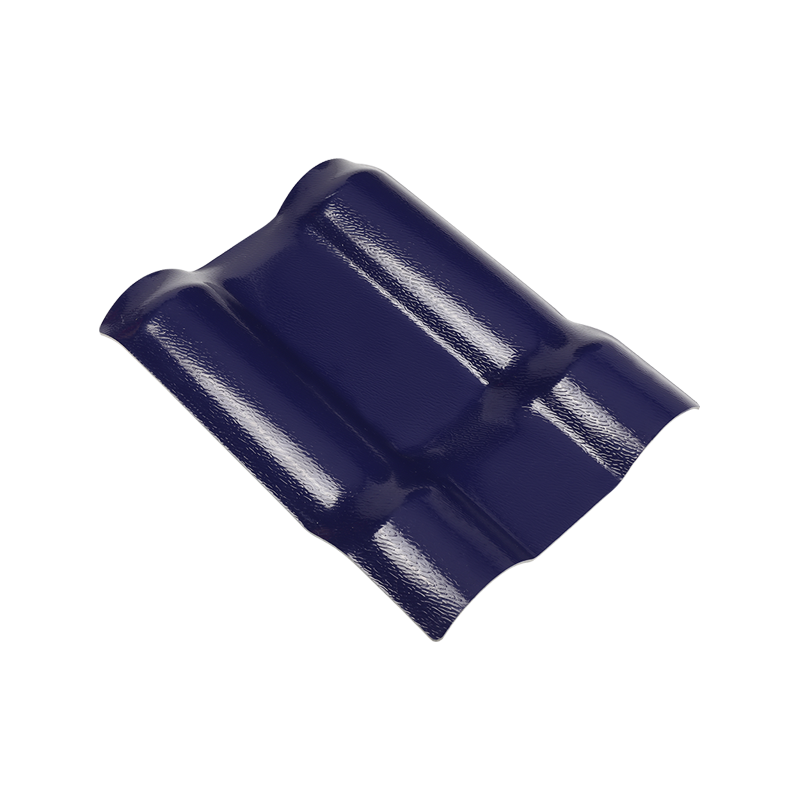
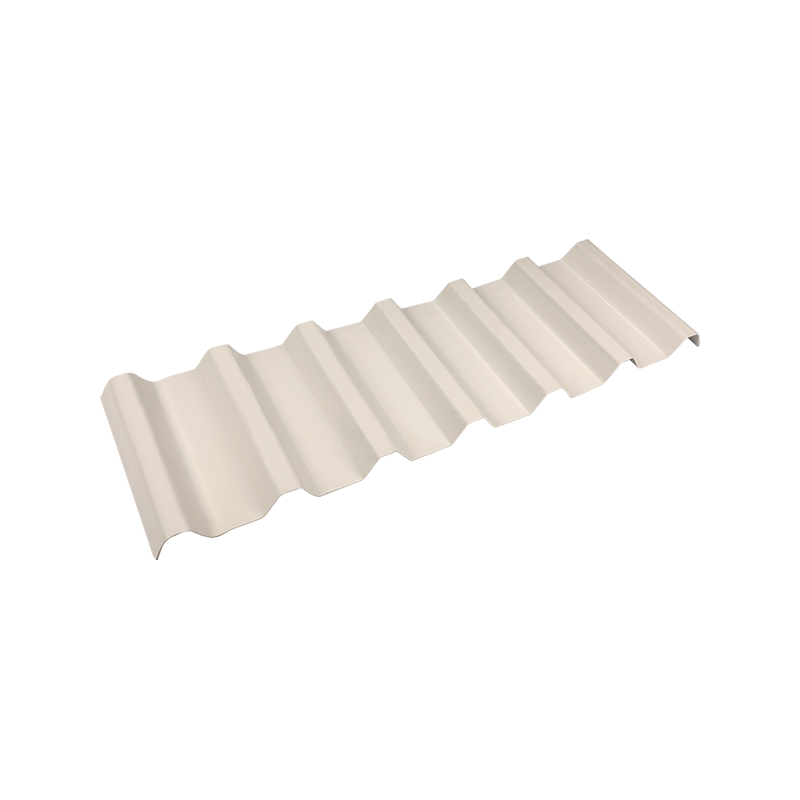
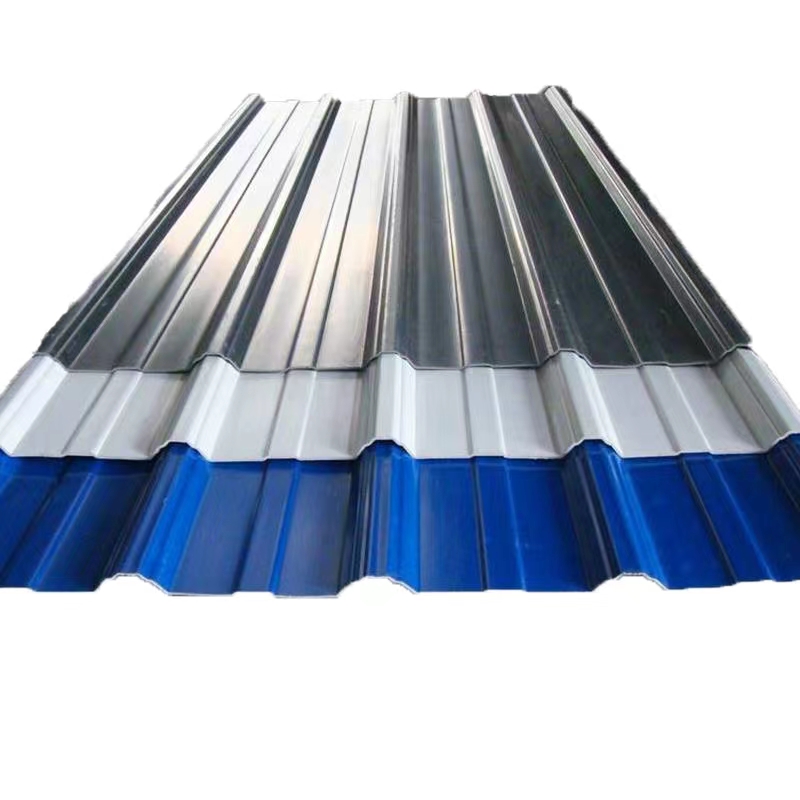
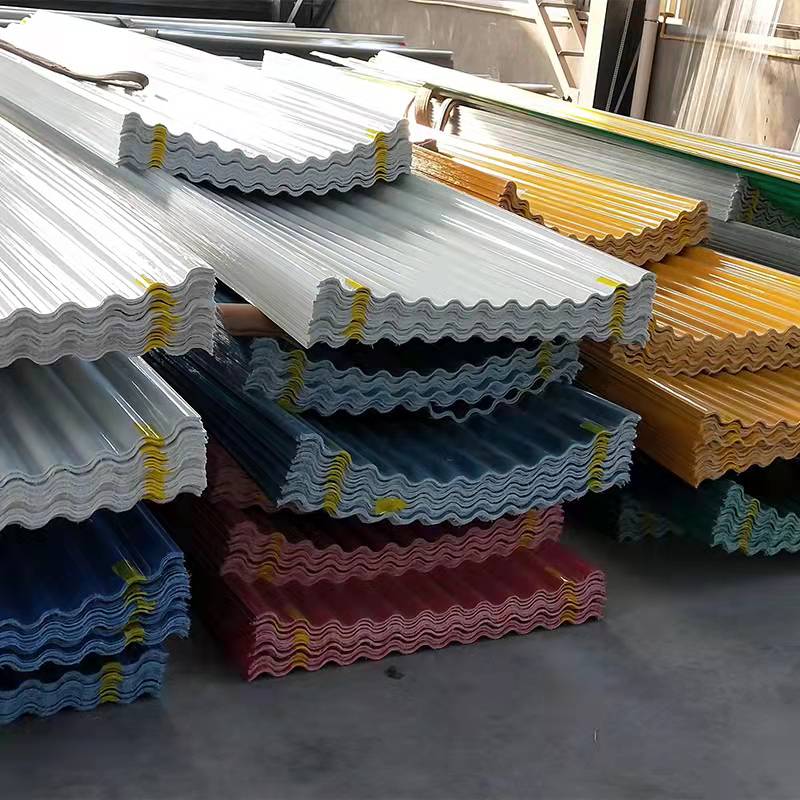
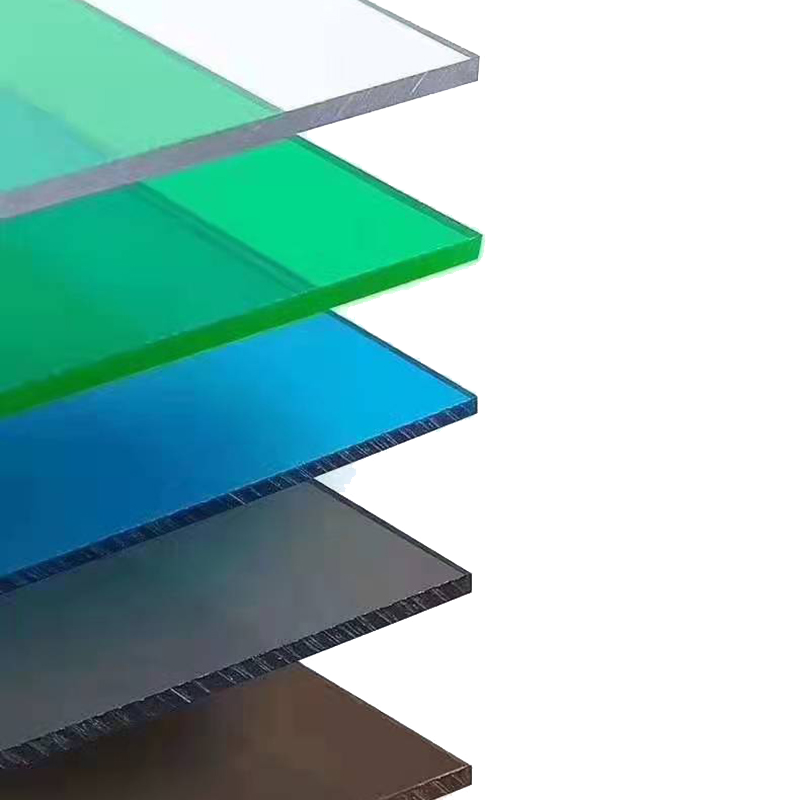
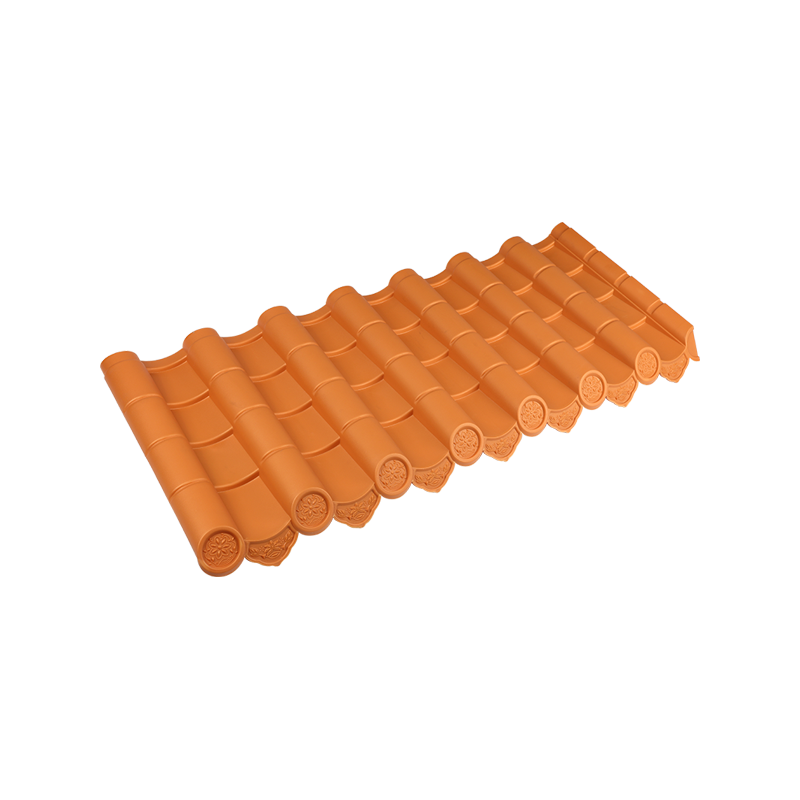
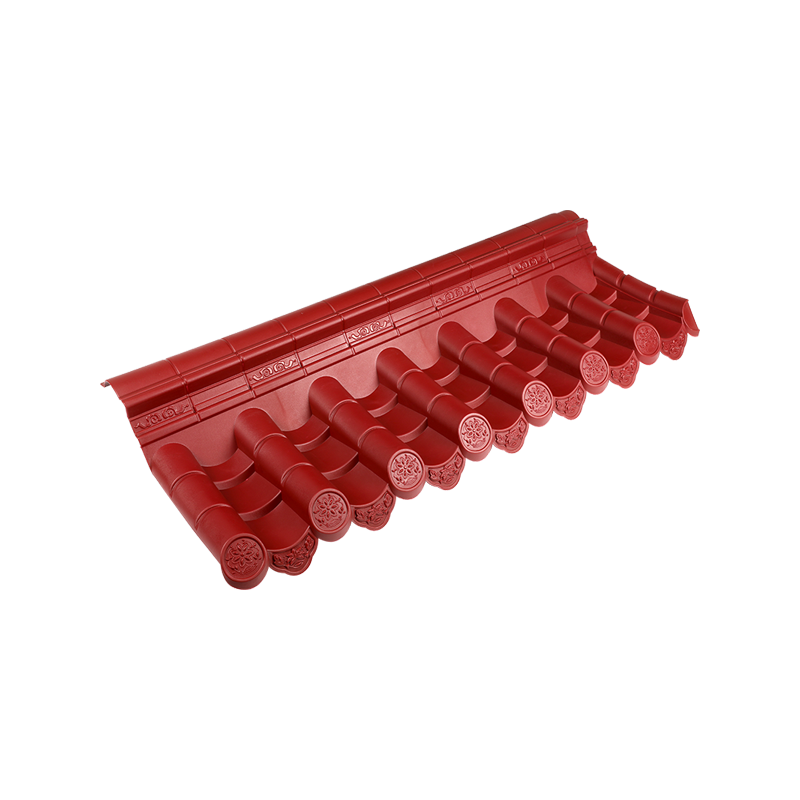


 Email:
Email: Phone:
Phone: Adress:
Adress: